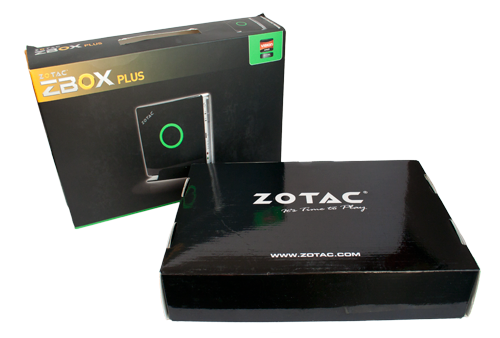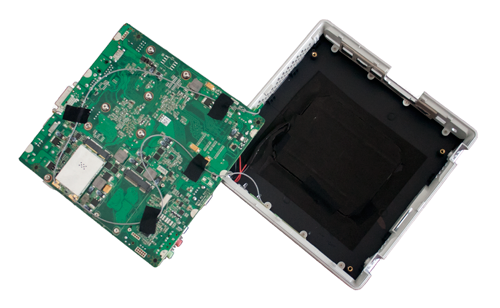Index
Page 1 of 4


Review: Steals lunch money from Atom nettops
Building on the success of its Atom-based nettops, Zotac was one of the first vendors to embrace AMD’s Brazos platform earlier this year and we believe this was a prudent move. Comparing Brazos to Atom is a bit like comparing Wendi Dang to Rupert Murdoch’s first two wives – it’s younger, quicker, better looking and packs quite a punch. (I’ll allow this, I guess his lawyers are too busy to go after us anyway. Ed.)

Anyway, a few months back Zotac introduced the Zbox AD02, a Fusion based nettop with a comprehensive feature set. It took a while for the new nettop to show up in retail, but as of a few weeks ago it is readily available in most markets. It is also worth noting that the Zbox AD02 is available as a barebone or as a complete system, in which case it bears the Plus moniker. Today we’ll be testing the latter, but obviously our verdict will apply to the barebone as well.

The Basics
The new Zbox is based on AMD’s E-350 APU, a 40nm part with two Bobcat cores running at 1.6GHz and an HD 6310 graphics core, with 80 shaders clocked up to 500MHz, depending on load. Curiously, the HD 6310 is loosely based on the HD 4330 core, which was used in some CULV notebooks and Asus nettops based on Intel’s Atom platform. The HD 6310 features AMD’s UVD3 video decoder, which allows partial hardware decoding of two simultaneous HD streams, making it compliant with the BD-Live standard. Since most users will probably use the Zbox as an HTPC, video decoding is a crucial feature, and AMD’s E-350 won’t disappoint. Lastly, the HD 6310 is a DirectX 11 GPU and while most users won’t use it for gaming, the extra muscle could be harnessed in DirectCompute to lend a hand to the CPU cores in some applications.

The Plus version ships with a single 2GB DDR3-1066 SO-DIMM module and a second slot is available for upgrades. It also includes a 250GB 5400rpm hard drive, courtesy of Samsung. Adding a gig or two of additional memory might be a good idea, since the HD 6310 relies solely on system memory.

As we said in our preview, the Zbox has a rather impressive spec sheet and supports some state-of-the-art technologies Atom-based systems can only dream of. Thanks to the Hudson M1 chipset (A50M), it supports SATA 6Gbps, USB 3.0 and eSATA. Of course, SATA 6Gbps is rather pointless since there are hardly any suitable hard drives on the market and the Plus version already ships with a SATA II hard drive. However, it renders the platform future proof, while eSATA and USB 3.0 will come in quite handy for extra storage and you collection of (legally downloaded) HD movies. Of course the usual plethora of USB 2.0 connectors, audio jacks, LAN, HDMI and DVI are also on board.
Prev Next »



